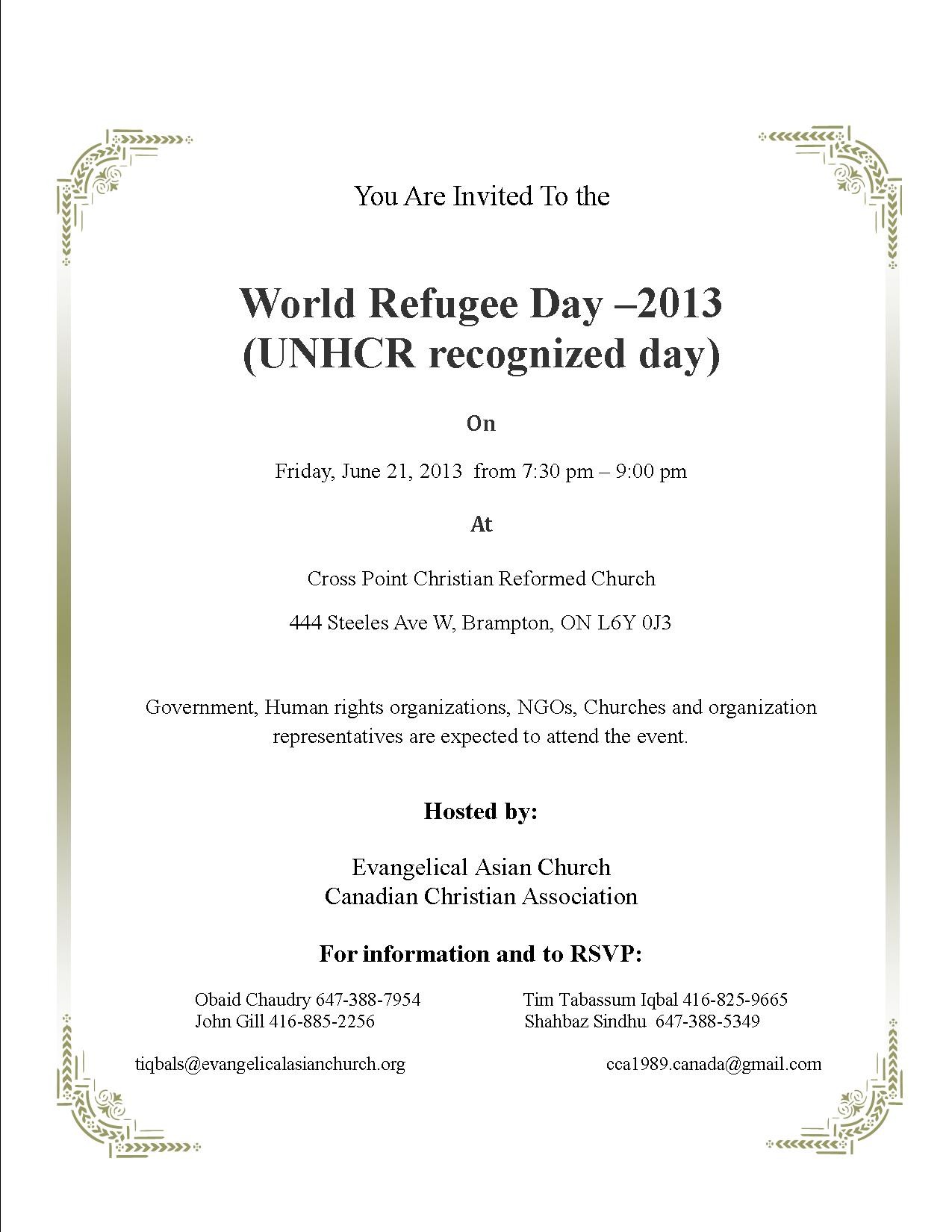Photo: Cordelia Persen/Flickr

Goncalo Teles Gomes, the Portuguese consul in Maputo, the capital, estimates that 30,000 Portuguese now live in Mozambique, the majority of them in Maputo.
“It is not like it’s an avalanche or an invasion, as it is described sometimes in the media, but we have seen an increase in new registrations of between 30 and 35 percent since 2009,” he said. “One hundred forty new Portuguese migrants arrive every month in Mozambique to stay, but then there are also many Portuguese who fly in and out, working in different kinds of businesses.”
He added: “Twenty years ago, the Portuguese who came had a connection to Mozambique, but most people who arrive today don’t have any earlier connections.”
Mozambique’s recent resource boom and growing middle class have helped create more opportunities for newcomers from Portugal, many of them looking to escape their country’s shrinking economy and one of the highest unemployment rates in Europe. But the transition is not always an easy one.
“I always say to the ones who want to come that there are opportunities here, but this is not an El Dorado,” said Gomes. “Everybody is talking about the richness of resources, but there are a lot of challenges.”
Starting businesses
The majority of the migrants have high levels of education, but less qualified Portuguese are also arriving and opening shops and restaurants. Most are between 25 and 45 years old, and many come with their families.
Joao Carlos Simoes and his wife moved to Maputo from Portugal two years ago. Their timber business had already been struggling before the financial crisis hit. When the situation became dire, they decided to try their luck elsewhere.
“We chose to move to Mozambique mainly because of the language and the cultural similarities,” Simoes told IRIN.
He and his wife opened a restaurant in Matola Rio, a middle-class suburb 20km outside Maputo’s city centre, which has been a popular residential area for Portuguese since colonial times. Most of the newer residents start construction firms or open restaurants.
“It looks a bit better today,” said Simoes, sitting at a table covered with his business’s accounting records. “In the beginning it was difficult – not just the business, also the relationship with the employees and the adaption to the country.”
Simoes now employs six Mozambicans. He says he has not felt any antagonism from locals.
Down the road, Victor Mazuze is sweeping the floor of his small take-away restaurant. “Many Portuguese come here and open restaurants, but some of them have already been forced to close down. They charge European prices, but they don’t cook as well as we do,” he said, laughing.
Complementing or competing?
Mozambican labour law stipulates that foreigners can make up no more than 5 percent of the workforce in large companies, and 8 to 10 percent in smaller firms, whether they are locally or foreign-owned. Most Portuguese companies employ dozens of Mozambicans compared to a handful of Portuguese, who usually work in areas in which many Mozambicans lack skills. Gomes noted that they often confer those skills to their Mozambican colleagues.
Sociologist Eugénio Brás, from the University of Eduardo Mondlane in Maputo, says the Portuguese migrants bring a number of benefits. “The Portuguese don’t come empty-handed. They come with money to invest and knowledge to use and share,” he said.
“Many come to start their own businesses, or to enter into businesses opened by other foreigners; others come to start working in positions that need a certain level of qualification that is not easily found among Mozambicans.”
But Adriana Sérgio Maembo, a first-year environmental education student, also at the University of Eduardo Mondlane, is not convinced that the new wave of Portuguese migrants do not pose a threat to her chances of finding a job when she graduates.
“In general, it is very difficult to get a job here in Mozambique, even for those who have studied,” she said. “Portuguese who come with a little money invest in different businesses here. It is more difficult for us; we have many good business ideas, but there is a lack of money for investments.”
Government policies key
History has shown that migration generally benefits development in host countries. Brás pointed to Brazil and the US as examples of countries whose economies have grown with the help of skilled immigrants, but added that the potentially positive effects of migration are dependent on government policies.
The majority of Portuguese and other migrants settle in cities where nearly 50 percent of households continue to live below the poverty line, according to a 2012 study by the World Bank.
If poverty in urban areas continues to remain high, said Brás, tensions between locals and foreigners could become more serious.
“If the next government does not give better answers to the introduction on the labour market of the young Mozambicans who are educated today, if they don’t reduce urban poverty, if they let the gap between rich and poor rise, we will have much more debates about immigration in Mozambique in the future,” he told IRIN.
IRIN July 2013


 Immigration Minister Jason Kenney says Canada will accept 200 ‘extremely vulnerable’ Syrian refugees and is working with private sponsors to welcome another 1,100 by the end of 2014. (Adrian Wyld/Canadian Press)
Immigration Minister Jason Kenney says Canada will accept 200 ‘extremely vulnerable’ Syrian refugees and is working with private sponsors to welcome another 1,100 by the end of 2014. (Adrian Wyld/Canadian Press) Syrian refugee children queue as they wait to receive aid from Turkish humanitarian agencies at Bab al-Salam refugee camp in Syria near the Turkish border last December. (Ahmed Jadallah/Reuters)
Syrian refugee children queue as they wait to receive aid from Turkish humanitarian agencies at Bab al-Salam refugee camp in Syria near the Turkish border last December. (Ahmed Jadallah/Reuters)


